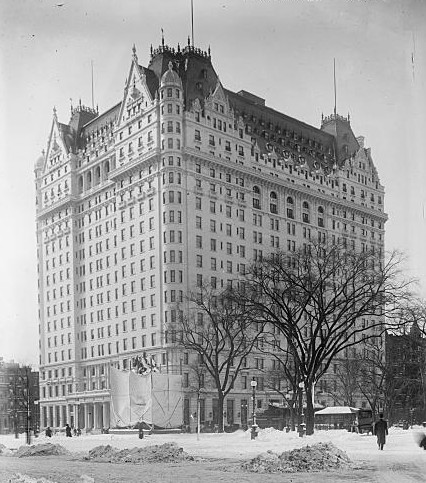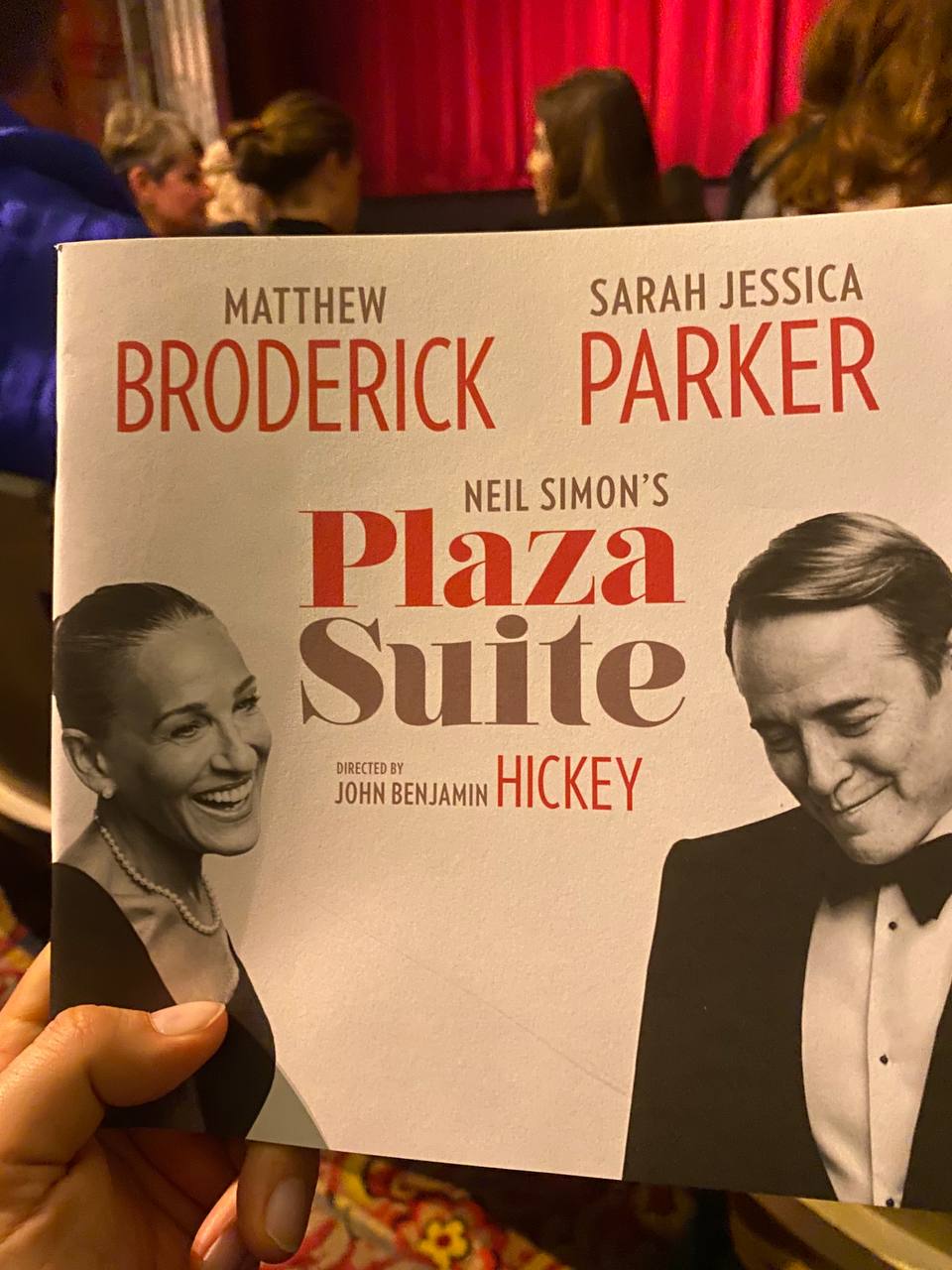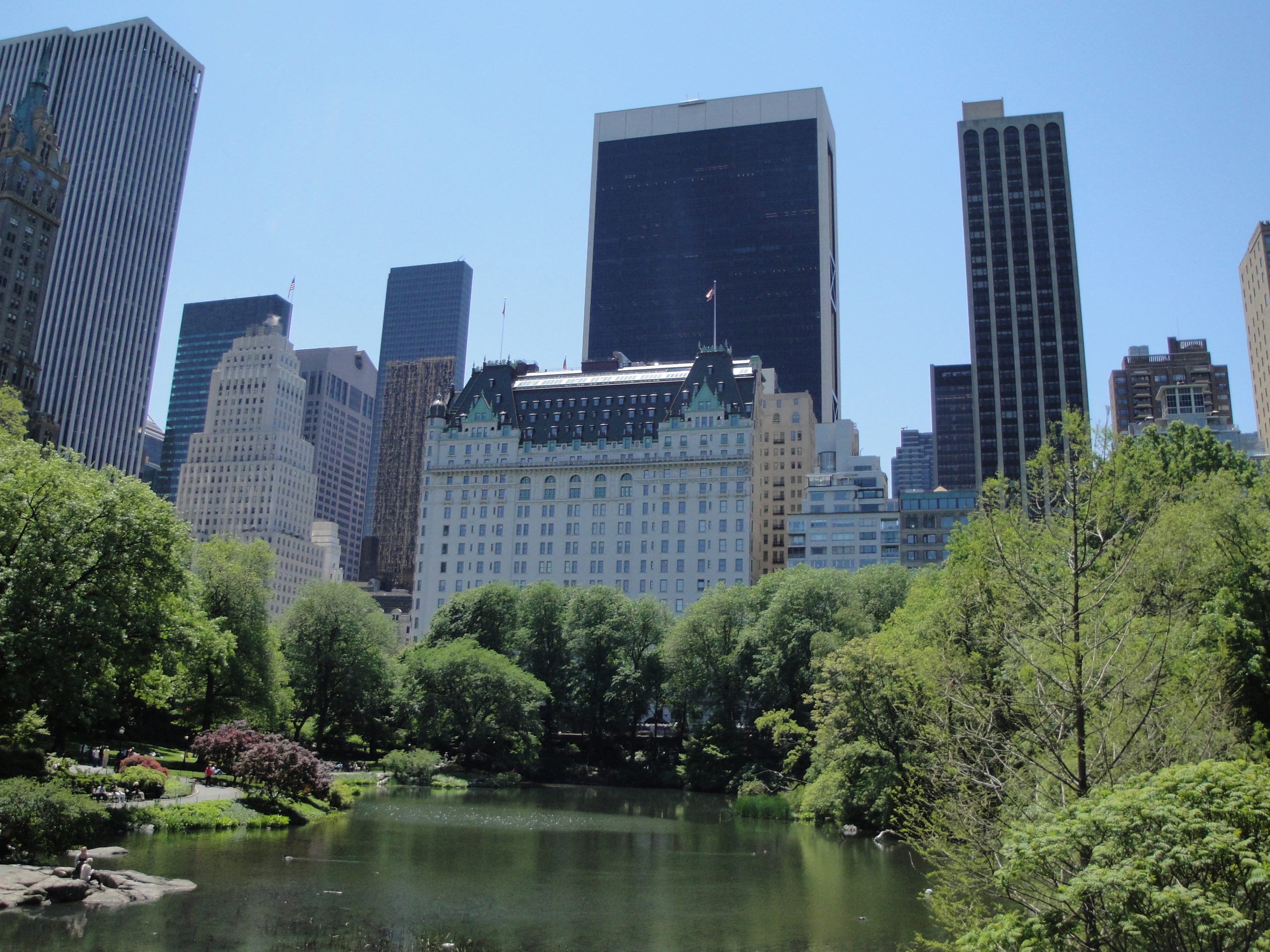The Plaza: New York’s Eternal Stage
Dmitri Yusov | Anno Media
Few addresses in the world evoke such instant recognition as The Plaza Hotel, standing regally at the corner of Fifth Avenue and Central Park South. More than just a hotel, The Plaza has become a symbol of New York itself — a stage where history, cinema, and imagination converge.
A Palace for the Modern Age
When The Plaza first opened its doors in 1907, it was billed as “the greatest hotel in the world.” Designed by Henry Janeway Hardenbergh — also the architect of the Dakota Building — the French Renaissance château-style structure rose 19 stories above Central Park, gleaming in white marble and red brick. Its grandeur attracted America’s elite: Vanderbilts, Astors, Morgans, and visiting royalty.

The hotel as seen c. 1910
Through the early 20th century, The Plaza was more than a hotel — it was an institution of Manhattan life, hosting debutante balls, political galas, and champagne-soaked jazz nights. The Palm Court became a legend of afternoon tea; the Oak Room, a sanctuary for literary and theatrical minds. Even its resident fountain, immortalized in postcards and films, became an emblem of urban romance.
Where Stories Come to Life
From the moment cinema discovered The Plaza, it became one of Hollywood’s favorite backdrops. Alfred Hitchcock used it for the opening scene of North by Northwest (1959), where Cary Grant is mistaken for a spy. Neil Simon’s 1968 play Plaza Suite turned its suites into miniature theatres of modern life — three acts of love, loss, and absurdity, each unfolding behind those gilded doors.
The story continued decades later, most recently in a 2024 West End revival of Plaza Suite, starring Sarah Jessica Parker and Matthew Broderick, a real-life couple bringing Simon’s bittersweet humor back to life. This play was seen by your author then. Their performances — sharp, intimate, and tinged with nostalgia — reminded audiences that The Plaza is more than a setting: it’s a mirror of human relationships, timeless in its elegance and irony.

The hotel also made its mark in cinema classics: “The Great Gatsby” (both 1974 and 2013 versions) staged key confrontations there, while Home Alone 2: Lost in New York (1992) turned it into every child’s dream playground — complete with Christmas trees, bellhops, and a cameo by Donald Trump, then the hotel’s owner. Even Eloise, the mischievous little girl from Kay Thompson’s beloved children’s books, “lived at The Plaza,” ensuring that generations grew up dreaming of calling its corridors home.
Cultural Icon and Survivor
The Plaza has had its ups and downs — from lavish parties to bankruptcy auctions, from ownership changes to condominium conversions. Yet it remains untouched in spirit. Today, part luxury hotel and part residence, it continues to host writers, diplomats, and film crews, preserving its aura of grace and theatricality.
Step into the lobby today, and you feel as if the ghosts of a century are still in conversation: Fitzgerald sipping champagne, Marilyn Monroe gliding past photographers, Truman Capote organizing his Black and White Ball, or a fictional Eloise peeking from behind a velvet curtain.

The Plaza Hotel and surrounding buildings as seen from Central Park in May 2010
The Plaza Endures
In a city that reinvents itself daily, The Plaza endures — not as a monument to the past, but as a living part of the city’s story. It is New York’s drawing room, a place where memory and modernity share a suite.
To stay there is to inhabit the mythology of Manhattan itself: elegant, restless, and forever cinematic.

